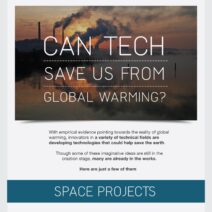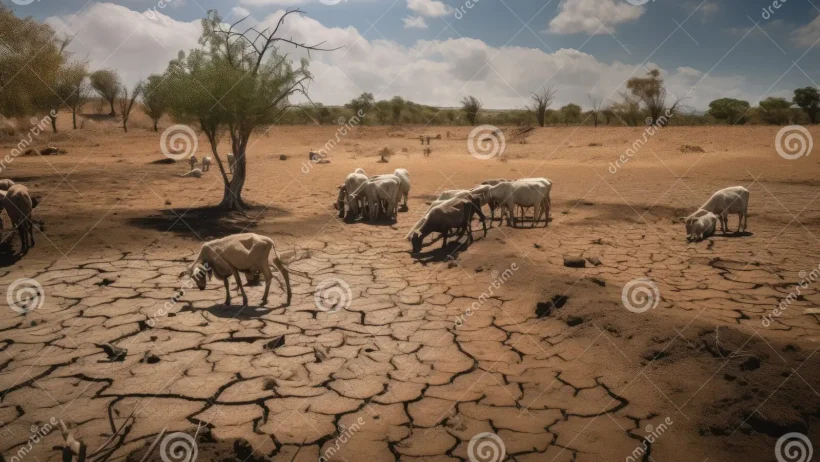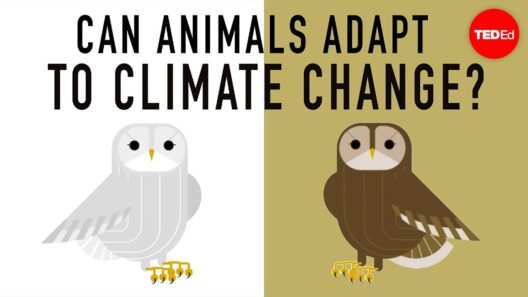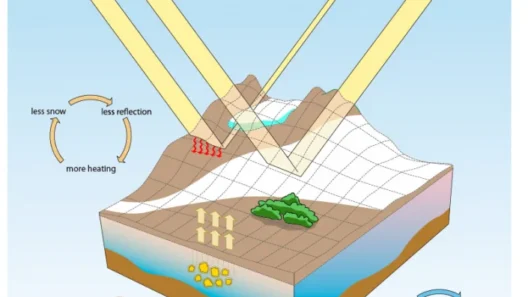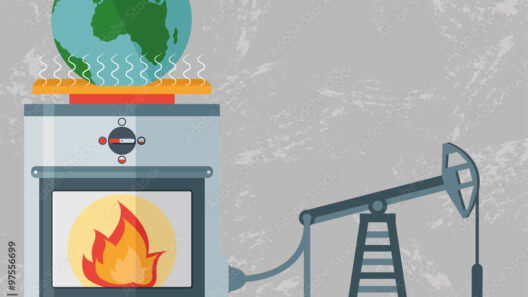Human habits, both audacious and mundane, have wrought significant alterations to our planet’s ecological balance. The interconnectedness of litter and livestock encapsulates this dilemma, highlighting a critical narrative in the climate discourse. The ramifications of pollution extend far beyond mere aesthetics, impacting agriculture, food production, and, consequently, the very fabric of our environment. Understanding how our behaviors disrupt this balance involves examining various factors, ranging from waste management practices to agricultural methodologies and human dietary choices.
At the outset, it is essential to delineate the various forms of litter that plague our ecosystems. Plastic waste, a notable contumacious actor in this saga, is ubiquitous. Disposable forms—bags, bottles, and microplastics—have infiltrated even the most remote regions. Sea turtles ingesting plastic bags, birds mistaking bottle caps for food, and livestock in pasturelands consuming strangled remnants of human refuse tell a troubling tale. Consequently, such ingestion of plastics leads to a spectrum of health issues, including suffocation and starvation, as well as toxic chemical accumulation within animal tissue. This accumulation does not end with the individual; it cascades up the food chain, creating broader implications for human health.
Beyond the obvious impacts on wildlife and livestock, litter also intersects profoundly with agricultural practices. Agricultural run-offs, a direct consequence of littering and pollution, introduce harmful substances into soil and waterways. Pesticides, herbicides, and fertilizers, when improperly managed or carelessly discarded, lead to eutrophication—a process that engenders algal blooms that deplete oxygen in aquatic systems, culminating in dead zones. These events adversely affect not only aquatic ecosystems but also the livestock dependent on clean water sources for drinking, highlighting how litter indirectly threatens food security.
The agricultural sector, a primary contributor to greenhouse gas emissions, also suffers from the paradigm of excess litter. In efforts to maximize yield, farmers often rely on monoculture practices that can deplete soil nutrients, making the land more susceptible to erosion and necessitating further chemical use, thus creating a vicious cycle. To mitigate these challenges, a shift towards sustainable practices, such as agroecology and permaculture, is more pressing than ever. These methodologies advocate for the reestablishment of a more symbiotic relationship between livestock and environments, nurturing biodiversity and restoring soil health.
Livestock themselves play a pivotal role in this interrelationship. Ruminants, such as cows and sheep, possess the unique ability to convert cellulose from plant materials into protein. This process, however, is not without its challenges. Raising livestock generates significant methane emissions—an influential greenhouse gas—and the intensification of livestock farming often leads to habitat destruction, further exacerbating ecological disarray. The quest for efficiency in animal husbandry can downplay the environmental repercussions of overstocking, which results in increased manure generation. And, when improperly managed, manure can also become a source of pollution, contributing to soil and water contamination, perpetuating the cycle of climate disruption.
Compounding this issue is the consumer behavior surrounding meat and dairy products. The contemporary consumer tends to favor convenience and speed, leading to increased packaging and waste. This behavior aligns with the “throwaway culture,” marked by ephemeral consumption that results in pervasive litter accumulation. Addressing this mindset requires concerted efforts through education and awareness-raising campaigns that promote responsible consumption and waste management practices. In doing so, it becomes possible to shift paradigms towards more sustainable food choices, such as plant-based diets that minimize dependency on livestock.
Importantly, the interlinkage of climate change and livestock production calls for a multifaceted approach to mitigate these crises. The adoption of regenerative agricultural practices is paramount—these involve techniques that revitalize ecosystems rather than deplete them. Rotational grazing, for instance, not only maximizes pasture health but can also sequester carbon in the soil, effectively working against climate change. These practices, coupled with improvements in animal husbandry, such as enhanced welfare standards, promote a more ethical and sustainable livestock industry.
There exists an imperative for policy frameworks that encourage sustainable practices while holding industries accountable for pollution. Collaborations between governments, NGOs, and agricultural entities can foster innovation targeted at reducing waste and promoting sustainability across the supply chain. Reducing litter is not merely an aesthetic consideration—it underpins public health, environmental integrity, and global food security.
Education remains a critical linchpin in combating social apathy towards litter and promoting sustainable practices. Awareness campaigns in communities and schools can stimulate dialogue that leads to behavioral changes. Encouraging individuals and families to adopt a zero-waste ethos, reduce plastic consumption, and engage in local food governance is essential. Such efforts can leverage community engagement and local stewardship to create resilient food systems that prioritize environmental health.
The nexus of litter and livestock presents a crucial dichotomy in our current approach to environmental conservation and agriculture. Understanding this relationship allows for a deeper comprehension of how our personal habits translate to broader climatic effects. By adopting sustainable practices, advocating for responsible consumption, and fostering policies that prioritize ecological balance, there exists a pathway to restore equilibrium to our fragmented ecosystems. A collaborative effort to bridge the chasm between human habits and ecological imperatives must be pursued, thereby ensuring the viability of our planet for future generations.

